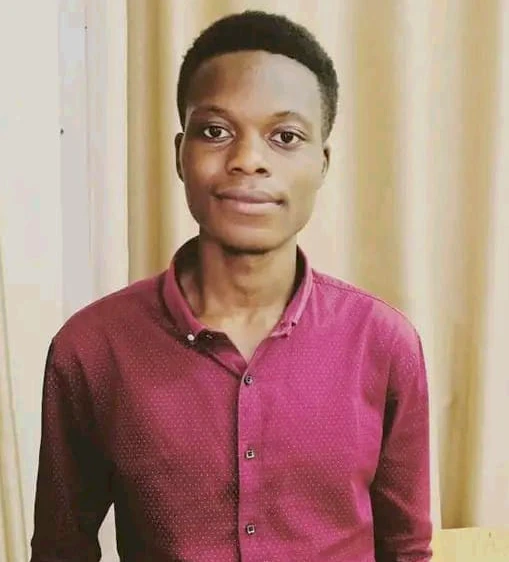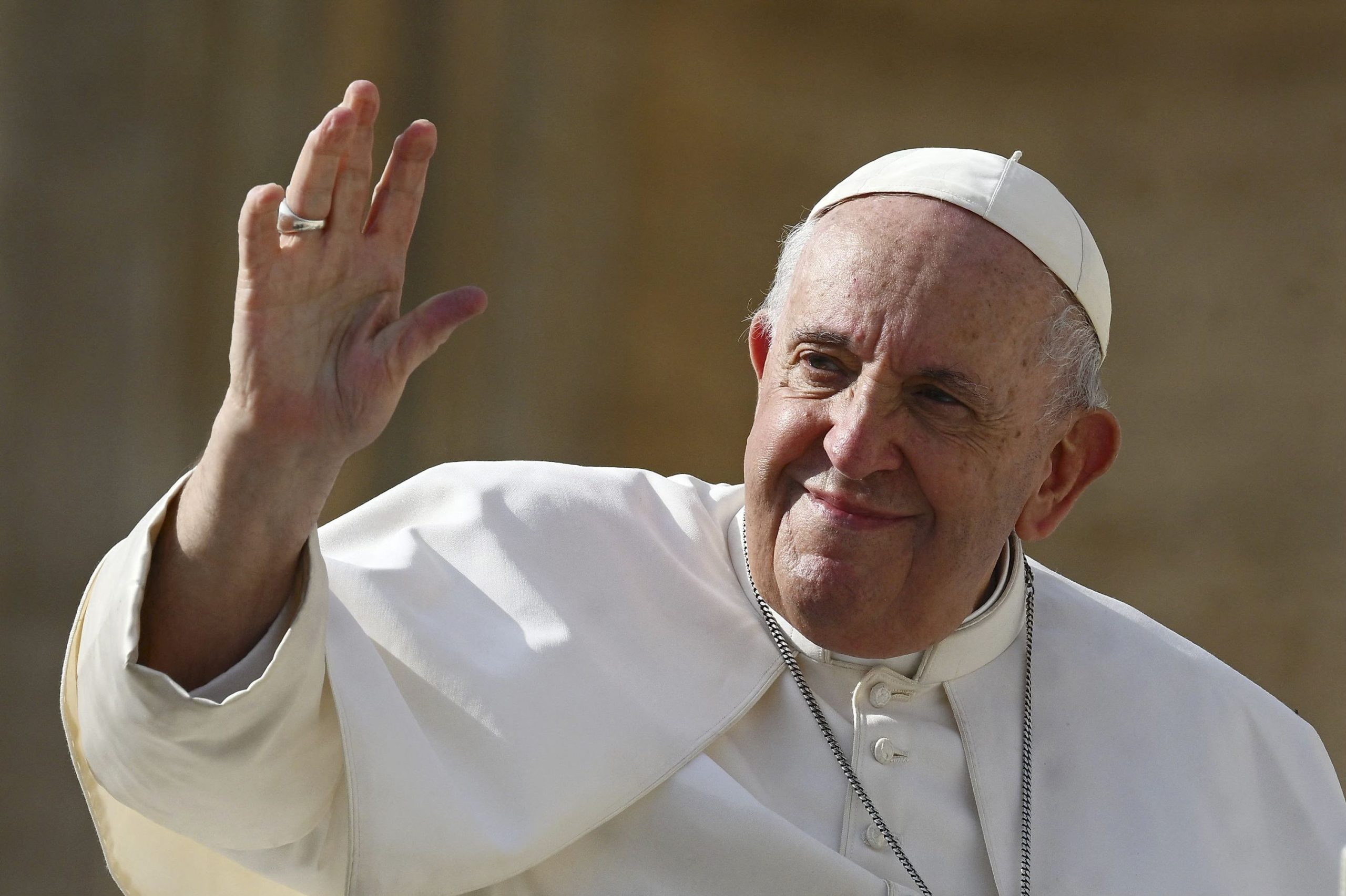The global Catholic community is mourning the death of Pope Francis, who passed away peacefully on April 21, 2025, at the age of 88. The first Jesuit pope and the first from Latin America, Pope Francis, born Jorge Mario Bergoglio in Argentina, has served as the 266th pontiff of the Roman Catholic Church since his election in 2013.
In recent months, Pope Francis had been battling chronic respiratory complications that increasingly limited his public engagements. Despite ongoing treatments, he remained spiritually present and continued to address the faithful whenever possible.
His final public appearance occurred just yesterday, on Easter Sunday, April 20, 2025, where he briefly appeared at the window of the Apostolic Palace to deliver the traditional Urbi et Orbi Easter blessing. Though visibly weak and supported by aides, he smiled and offered a few heartfelt words of peace and unity. Many now view that emotional appearance as his quiet farewell to the world.
His papacy will be remembered for its emphasis on mercy, care for the marginalised, interfaith dialogue, and a strong stance on climate justice and social equality. As the world honours his legacy, the Catholic Church has now entered a well-structured period of mourning and transition that is steeped in centuries of sacred tradition.
Following his death, the Camerlengo of the Holy Roman Church, Cardinal Kevin Farrell, officially confirmed Pope Francis’ passing. Under tradition, the Pope’s Fisherman’s Ring, symbolising his spiritual authority, was destroyed to prevent misuse, and his private apartments were sealed.
Mourning and Farewell: The Novemdiales
The Vatican declared a nine-day mourning period known as the Novemdiales. During this solemn time, the body of the late pontiff lies in state at St. Peter’s Basilica, allowing the faithful and dignitaries from around the world to pay their final respects. Special Masses and memorial services are being held in Catholic churches worldwide, including in Rwanda.
Honouring his wishes, Pope Francis will be laid to rest at the Basilica of St. Mary Major in Rome, a place of spiritual significance to him.
Sede Vacante: The Seat is Vacant
The Church has now entered the sede vacante period, Latin for “the seat being vacant”—a time when papal authority is temporarily suspended. The College of Cardinals assumes administrative responsibilities, guided by the Camerlengo, but refrains from making major doctrinal decisions until a new pope is elected.
Preparing for the Conclave
Between May 6 and 11, 2025, more than 120 cardinals under the age of 80 will gather at the Sistine Chapel in Vatican City for the sacred conclave to elect a new pope. The election will take place in strict secrecy, as cardinals vote using specially prepared ballots. A two-thirds majority is required.
In a historic first for Rwanda, Antoine Cardinal Kambanda will be among those casting their vote for the next pontiff. Appointed cardinal on November 28, 2020, by Pope Francis, Kambanda became the first Rwandan to ever hold such a high rank in the Catholic Church.
At 67 years old, he meets the age requirement to participate in the conclave, and while rare, there are no rules preventing a cardinal from being elected pope himself. This means Cardinal Kambanda is also eligible to become the next Pope, should the conclave unite behind him.
When a cardinal accepts election as Pope, the ballots are ceremonially burned in a way that produces white smoke, signalling the joyful announcement: “Habemus Papam”—“We have a Pope.”





